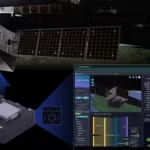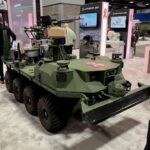
AURORA, Colo.—Advances in commercial satellite imagery collection and dissemination are such that the U.S. intelligence community has been able to provide commercial satellite imagery to Ukraine in its war against Russian invaders in just “minutes,” an official with the National Geospatial Intelligence Agency (NGA) said on Sunday. “As far as I know, we’ve been able to provide commercial imagery for the Ukrainians use within minutes of collection,” Sandra Auchter, director of NGA Denver, said at the annual GEOINT Symposium here…

 By
By 











